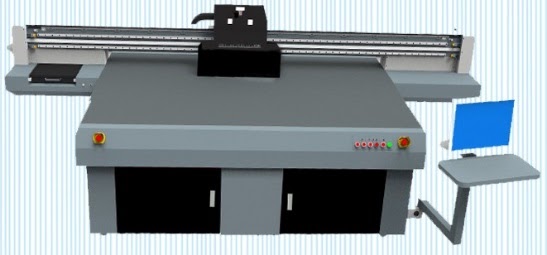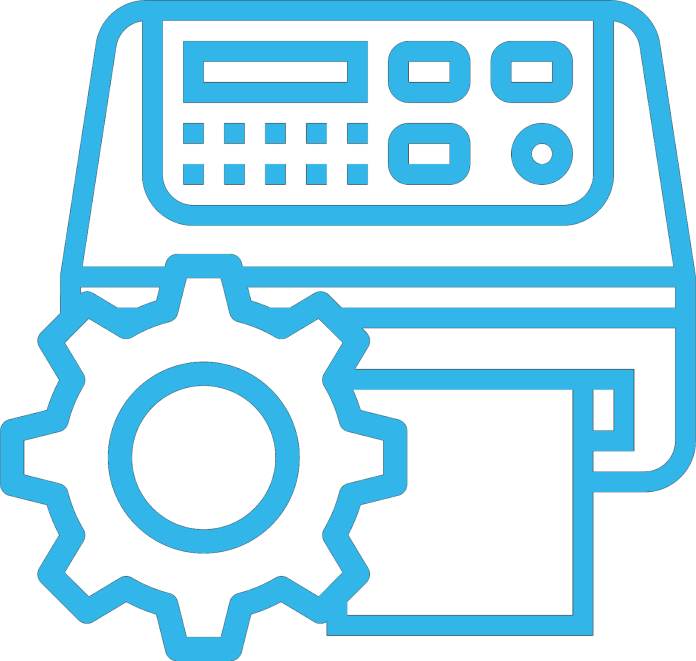As more people work or study from home Videojet inkjet printer, there has been an increase in the need for home/office printers. Alternatively, you may be a parent that requires workbooks to be produce for their child. Alternatively, writing down notes on a business report with a pen or pencil may be more convenient for certain people. It’s possible that a government agency will require you to mail a form. Your local office supply store has grown bored of you printing a few forms from their website Videojet inkjet printer.
Whatever your reason for needing a printer, you won’t have any trouble finding one. The only thing that has changed about printers in recent years is that they are more efficient and less expensive. Printing devices include laser and inkjet printers, colour and monochrome printers, single-function and multifunction devices, among other things. Because there are so many possibilities, it is best to plan ahead of time before clicking on the “purchase” button on your favourite online shopping site.
This essay will not advise you on which printer to purchase. Prior doing that, though, I’ll go over some of the options you’ll have and some of the characteristics you should look for, such as the difference between inkjet and laser printing, multifunction versus single function printing, how to pick what to buy and where to get it, and other considerations.
So let’s get this party started.
Contents
hide
INKJET VS. LASER PRINTERS: WHAT IS THE DIFFERENCE?
If you haven’t purchased or used a printer in a long time, you should familiarise yourself with the differences between inkjet and laser printers. Here is a basic explanation of how they function.
INKJET
Inkjet printers print by sprinkling small droplets of liquid ink over a sheet of paper. The vast majority of consumer inkjet systems make use of individual ink cartridges, each of which contains a printhead that separates the ink into droplets that are nearly minuscule in size. Printer heads are frequently replaced individually on professional inkjet printers.) Colors are create by blending several cultured inks together.
The number of ink cartridges required by a colour inkjet printer varies. The majority of low-cost printers use only two cartridges: one for black ink and one for each of the three colour inks (cyan, magenta, and yellow). Low-cost inkjet printers often come with four ink cartridges: cyan, magenta, yellow, and black, with each colour being represent by a different color. More expensive printers have a separate text black cartridge, whereas photographers and businesses have a larger array of cultured inks available to choose from Videojet inkjet printer.
Even the cheapest inkjet printers can end up being extremely expensive in the long run. A printer may just cost $50 or $100, but a single set of cartridges may cost nearly as much as the printer in some cases. Given that most colour inkjet printers will not print if any of the cartridges are empty (for example, the cyan cartridge is empty), you will need to replace any cartridges that have been throw away during the process. (We’ll get to the cost of ink later.)
It is possible to purchase supertank printers, which are inkjet printers with refillable ink tanks that are less expensive per page than normal ink cartridges. Especially if you want to do a lot of colour printing, this is something to think about.
LASER
Static electricity is generate by lasers on the rolling drum of a printer. This causes the toner (powder ink) to be draw onto the paper Videojet inkjet printer.
Toner cartridges, on the other hand, are initially more expensive than ink cartridges, but they last significantly longer and hence cost less per page. At first glance, laser printers are more expensive than inkjet printers, yet they end up saving money over time.
Unless you require colour printing, laser printers offer a number of significant advantages over inkjet printers. They print text more clearly than inkjets (especially low-end inkjets) and are faster than inkjets (although current inkjets are certainly precise enough to suit most documents).
Color laser printers are now more widely available than ever before. With the exception of professional-level printers, they are more expensive and the colour fidelity is lower to that of a colour inkjet printer of the same price.
IN THAT CASE, WHAT SHOULD I GET?
When purchasing a new printer, there are a number of factors to consider.
WHAT IS IT AND WHY DO I NEED IT?
Choose between laser and inkjet printers based on your intended application when making your purchase decision. If you don’t care about colour, it’s a simple process. A laser printer is both less expensive and more efficient. A colour inkjet printer is require if you want to print your children’s computer artwork in colour or to take a photo of their work.
PRINTERS WITH MANY FUNCTIONALITIES
If you plan to work from home in the near future, or even if you don’t, an all-in-one (AIO) printer should be on your list of considerations. Using these devices, you can scan existing documents and either copy or save them as digital files. (Some companies will allow you to fax a scanned document, but faxing is becoming obsolete.) Most of your papers (especially those that have been hanging around for years) can be save as PDFs, and then the hard versions can be throw away or recycled.
(Yes, you can scan and upload documents using the camera on your phone, which may be sufficient for occasional scanning.) (No, you cannot scan and upload documents using your phone’s camera. However, a phone-scanned document is inferior than a document scanned by a professional scanner.)
It is possible to purchase multifunction printers that are 8.5 x 11 inches (letter size), but it is also possible to purchase printers that are 8.5 x 14 inches (legal size). If you want to perform a lot of copying or scanning, a multifunction printer with an automatic document feeder is a good choice (ADF).
PLATES FOR INPUT AND OUTPUT
The majority of modern printers operate by feeding paper into the front of the machine, circling the drum or roller, and dumping it into the output tray. When printing on heavier material, the paper should not bend; thus, seek for a printer with an input tray that comes from the back so that the paper is push through straight.
Some printers additionally allow you to print on various coloured paper or have one tray dedicated to letter-sized paper and the other dedicated to legal-sized paper.
Find out how many sheets your input and output trays can store before you buy them. When printing a 200-page document, a 50-page output tray will result in 150 pages being toss on the ground.
DUPLEXING
Duplexing, or printing on both sides of a single sheet, is becoming more widespread, while it is not available on all low-cost printers. Those who print a lot and wish to save money on paper may appreciate this feature. In reality, most printers allow you to print on both sides of the paper by manually refeeding the paper after the first side has been print, however this can be a headache at times.

PER EACH PAGE
The most expensive part of owning a printer is the ink. Not the printer itself or even the paper that goes into it. You can calculate how much a printer will cost you in the long term by dividing the price of a cartridge by the number of pages it prints.
The page yield of a printer is often included in the manufacturer’s statistics for that printer. Consider two similar multifunction printers, one inkjet and one laser, that are virtually equal in every way.
The HP Envy Photo 6055e All-in-One printer, which costs $160. Is compatible with high-yield black ink cartridges (which print 240 pages) and tri-color ink cartridges (which print 200 pages). Both the high-yield black and tri-color ink cartridges are approximately $24 per cartridge. In terms of cost per page, black ink costs approximately 10 cents per page, and colour costs approximately 12 cents per page.
The HP LaserJet M209dwe, which costs $170, can print 1,100 pages with a basic toner cartridge. Which costs approximately $49. That works out to approximately 4 cents per page.
For example, if you print 1,100 text-only pages every year (without using paper)
The laser printer costs $48 more and the inkjet printer costs $110 more. A difference of $62 between the two printer types. Moreover, a colour inkjet printer can only print black if all of the ink cartridges are in good working order. If your children use up all of your colour cartridges. You will be unable to print until you replace them.)
Purchasing a black ink tank for the $400 HP Smart Tank 7001 Wireless All-In-One Inkjet Printer would cost you $17 for up to 6,000 pages. Which works out to less than a penny per page. Color printing cannot be compare. Because each of these printers uses a different amount of tanks, making it impossible to do so Videojet inkjet printer.
Of course, there are a lot of “ifs” in this scenario industradgroup. Some well-known printer manufacturers, for example. Do not provide page yields for their low-cost printers, despite their popularity. Aside from that, take in mind that the page yield is provide. By the manufacturer and so the number of pages per cartridge is usually optimistically estimated. Nonetheless, it can assist you in understanding the problem.







